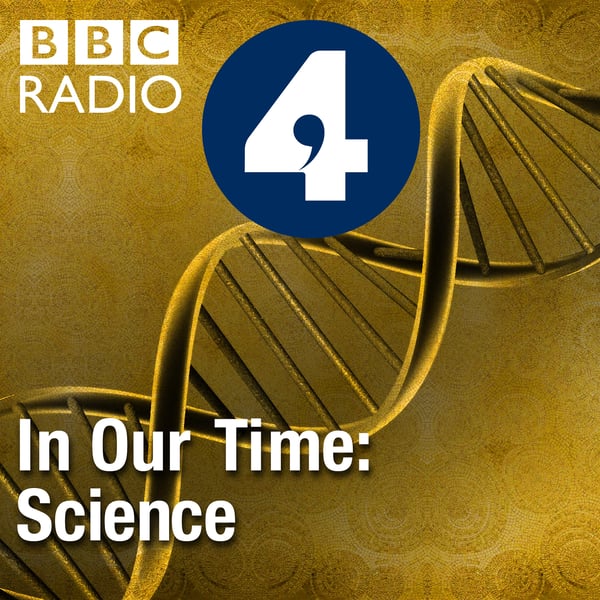Summary
Transcript
Click on a timestamp to play from that location
| 0:00.0 | Thank you for downloading this episode of In Our Time, for more details about in our time, and for our terms of use, please go to BBC.co.uk. |
| 0:09.0 | I hope you enjoy the program. |
| 0:12.0 | Hello, centuries ago when Thinkers started to look at the world around them using the |
| 0:15.8 | language of mathematics, they found that a few very important numbers seem to |
| 0:20.1 | underpin everything. Perhaps the best known of these is Pi, the ratio of a |
| 0:24.4 | circle circumference to its diameter which is roughly equal to 3.141. |
| 0:29.6 | Less famous but arguably every bit as important is a number studied in the 18th century |
| 0:34.0 | by the great Swiss mathematician and an E. He called it E and in honor of him |
| 0:39.2 | it sometimes referred to as E E. |
| 0:41.1 | E begins 2.71828 and continues for an infinite number of |
| 0:47.1 | decimal places. It's a number that can be found in all sorts of surprising places. It crops |
| 0:51.8 | up in the study of interest rates, electronics and |
| 0:54.2 | radioactive decay. A mathematician would also tell you that it's irrational, |
| 0:58.2 | transcendental and part of the most beautiful equation ever written. |
| 1:02.4 | With me to discuss the number known as and part of the most beautiful equation ever written. |
| 1:03.3 | With me to discuss the number known as E, are Colboe Roney Doggle, reader in pure mathematics at the University |
| 1:09.0 | of St Andrews. |
| 1:10.9 | Vicky Neil, Whitehead Lecturer at the Mathematical Institute and Balliol College at the University of Oxford, |
| 1:16.0 | and June Barrow Green, Senior Lecturer in the History of Mathematics at the Open University. |
| 1:22.0 | Colverandaugal, most people come across pie in their master classes. |
| 1:26.0 | With fewer familiar with E, would you give us a quick summary of what it is? |
| 1:31.0 | Well, as you mentioned in your introduction, is a number it's a number between two and three that begins with 2.7 |
... |
Please login to see the full transcript.
Disclaimer: The podcast and artwork embedded on this page are from BBC, and are the property of its owner and not affiliated with or endorsed by Tapesearch.
Generated transcripts are the property of BBC and are distributed freely under the Fair Use doctrine. Transcripts generated by Tapesearch are not guaranteed to be accurate.
Copyright © Tapesearch 2025.

